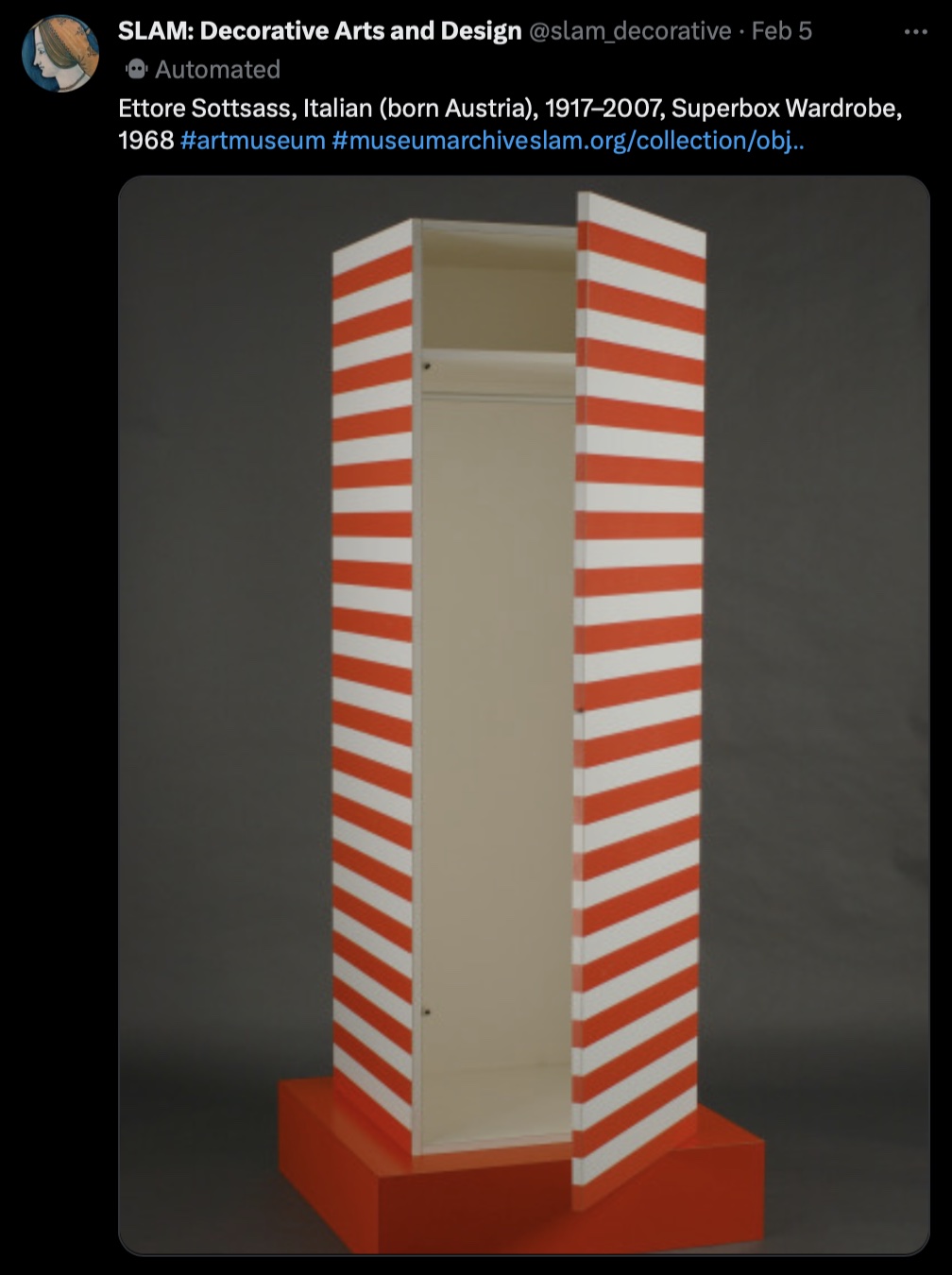Last week, Twitter announced it would soon eliminate free access to its third-party API. The move stems from new owner Elon Musk’s intent to purge the service of automated accounts not controlled by humans, which account for up to 29 percent of all U.S. content on the platform. Many of these accounts churn out fake responses—hashtags used en masse to influence trending topics, or perhaps to spew incendiary political rhetoric—that Musk describes as “bot scammers and opinion manipulators.” (Much to his chagrin, they can also track his private jet.) Under a new policy, access to Twitter’s API would cost $99 per month, and numerous bot accounts tweeted they’d likely go dark when the changes hit.
The move could impact a multitude of services that make using Twitter more seamless and enjoyable. Many bots offer helpful features, like the ability to take screenshots, get reminders, read threads in a more organized way, and receive alt text for images. Others range from silly (the dictionary-probing @everyword) to serious (the eyebrow-raising @NYPDedits), splicing up crowded, increasingly volatile feeds with information that pays no attention to trending topics or political turbulence.
As design critic Alexandra Lange notes in Curbed, the change could also eliminate the presence of design and museum bots. These are programmed to crawl public collections, such as the Metropolitan Museum of Art’s Open Access to 492,000 artworks, and tweet images multiple times a day. The most prolific bot maker is John Emerson (@backspace), who has set up tidy feeds that reveal what’s inside the Cooper-Hewitt, Brooklyn Museum, and the Louvre. Bots also exist that post a range of design-minded topics such as Brutalism eye candy, wacky post offices, census tracts, and every lot in New York.
The beauty of aesthetic bots lies in their “absolute lack of adherence to what’s going on now,” Lange writes, noting how they pepper feeds with neutral images unaffected by influencers and the algorithm. “When the news is bad or overwhelming or both, they remind you that now is not always and to take a breather and look at something pretty or unique or weird.” She took a particular liking to @slam_decorative, which shares artworks from the Decorative Arts and Design department of the Saint Louis Art Museum. It’s easy to understand why—a quick scroll yields a trove of fascinating finds, from a 17th-century sporting rifle and a Robert Gwathmey painting to a loud Ettorre Sottsass wardrobe.
Elon Musk’s takeover of Twitter has been scrutinized since the day he acquired the social network this past fall, with journalists dissecting the erratic billionaire’s every cost-cutting move and sudden policy change. His decision to paywall the API may not be the most surprising course, but it still drew criticism from developers of benign bots that offer basic services, many of whom have already migrated to decentralized platforms like Mastodon. In true Elon fashion, he already backpedaled on the news, tweeting that the network would instead enable a “light, write-only API for bots providing good content that is free.” What constitutes good content remains to be seen.



